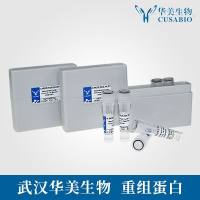Following the Fate of Neural Progenitors by Homotopic/Homochronic Grafts in Xenopus Embryos
互联网
互联网
相关产品推荐

Recombinant-Rat-Protein-lifeguard-2Faim2Protein lifeguard 2 Alternative name(s): Fas apoptotic inhibitory molecule 2 Neural membrane protein 35
¥11592

NLRP5 Homo sapiens maternal-antigen-that-embryos-require protein (MATER) mRNA.
询价

FATE1 antibody|FATE1抗体
¥1260

Recombinant-Mouse-Neural-proliferation-differentiation-and-control-protein-1Npdc1Neural proliferation differentiation and control protein 1; NPDC-1
¥11424

PCSK9/PCSK9蛋白Recombinant Human Proprotein convertase subtilisin/kexin type 9 (PCSK9) (D374Y), Biotinylated重组蛋白Neural apoptosis-regulated convertase 1;NARC-1;Proprotein convertase 9;PC9;Subtilisin/kexin-like protease PC9蛋白
¥3108

